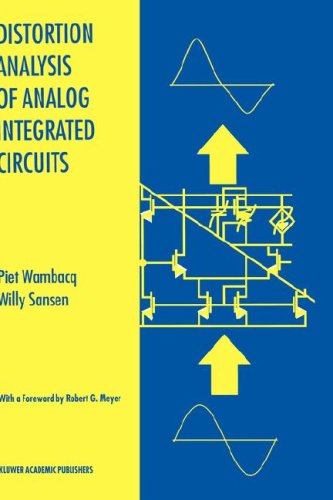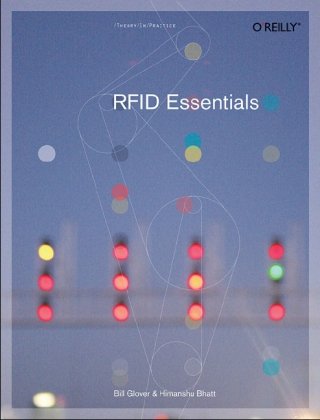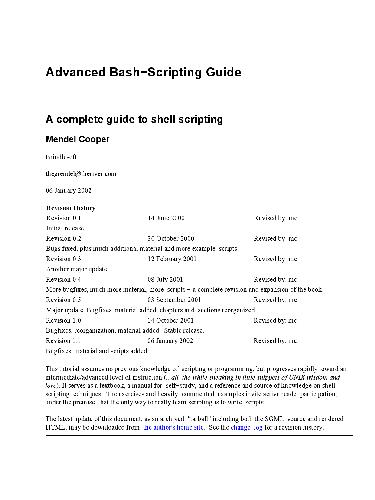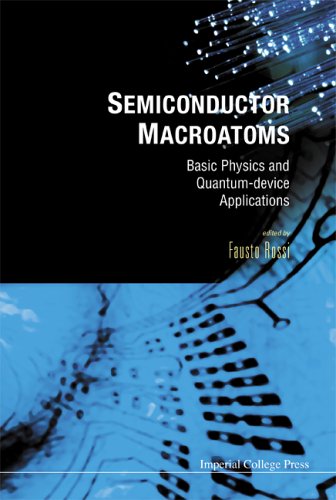Piet Wambacq, Willy M.C. Sansen0792381866, 9780792381860
With the increased efforts of the analog design community to integrate analog high-frequency front-ends for telecommunications, there has been heightened interest in the behaviour of nonlinear circuits since this can cause considerable degradation of signals. In analog integrated circuits at lower frequencies, such as filters, nonlinear behaviour limits the dynamic range. Analog integrated circuit designers often lack insight into nonlinear circuit behaviour. Indeed, designers are trained to reason in linear or linearized circuits but not in nonlinear ones. Numerical circuit simulations of nonlinear circuit behavior do not provide enough insight to the designer. Distortion Analysis of Analog Integrated Circuits, with a foreword by Robert G. Meyer, provides both qualitative and quantitative insight into the nonlinear behavior of analog integrated circuits at low and high frequencies. General techniques to suppress nonlinear behavior such as pre-distortion, linear and nonlinear feedback are explained in detail and illustrated with realistic examples. In this way the book fills the gap between the theory of nonlinear systems and practical analog integrated circuits. Distortion Analysis of Analog Integrated Circuits provides the reader with an in-depth analysis of elementary transistor stages, both CMOS and bipolar, as well as an analysis of several larger circuits. Hereby use is made of advanced transistor models that are also discussed in the book. The analyses take into account many more effects than in existing publications, thanks to the use of a calculation method that yields closed-form expressions for nonlinear behavior. These expressions are interpreted and illustrated with realistic numerical examples. Distortion Analysis of Analog Integrated Circuits is essential reading for practicing analog and mixed-signal design engineers and researchers in the field. It is also suitable as a text for an advanced course on the subject. From the foreword: `I am sure that the analog circuit design community will […] welcome this work by Dr. Wambacq and Prof. Sansen as a major contribution to the analog circuit design literature in the area of distortion analysis of electronic circuits. I am personally looking forward to having a copy readily available for reference when designing integrated circuits for communication systems.’ Robert G. Meyer, Professor, Electrical Engineering and Computer Sciences, University of California, Berkeley. |
Table of contents :
Preface……Page 6
TOC……Page 19
Ch 01 – Introduction……Page 27
Ch 02 – Basic Terminology……Page 33
Ch 03 – Description of Nonlinearities……Page 52
Ch 04 – Volterra Series……Page 85
Ch 05 – Calculation of Harmonics……Page 142
Ch 06 – Silicon Bipolar Transistor Models……Page 206
Ch 07 – Mos Transistor Models……Page 226
Ch 08 – Weakly Nonlinear Behaviour……Page 328
Ch 09 – Measurements of Basic Nonlinearities……Page 455
Bibliography……Page 466
AppA – Useful trigonometric relationships……Page 482
AppB – Basics of Volterra Series……Page 484
AppC – Derivation of the Method……Page 496
AppD – Nonlinearity Coefficients……Page 504
AppE – Relation between……Page 508
AppF – Derivatives of the Drain Current……Page 512
AppG – Derivation of the Mos Drain Current……Page 516
Index……Page 521 |







Reviews
There are no reviews yet.